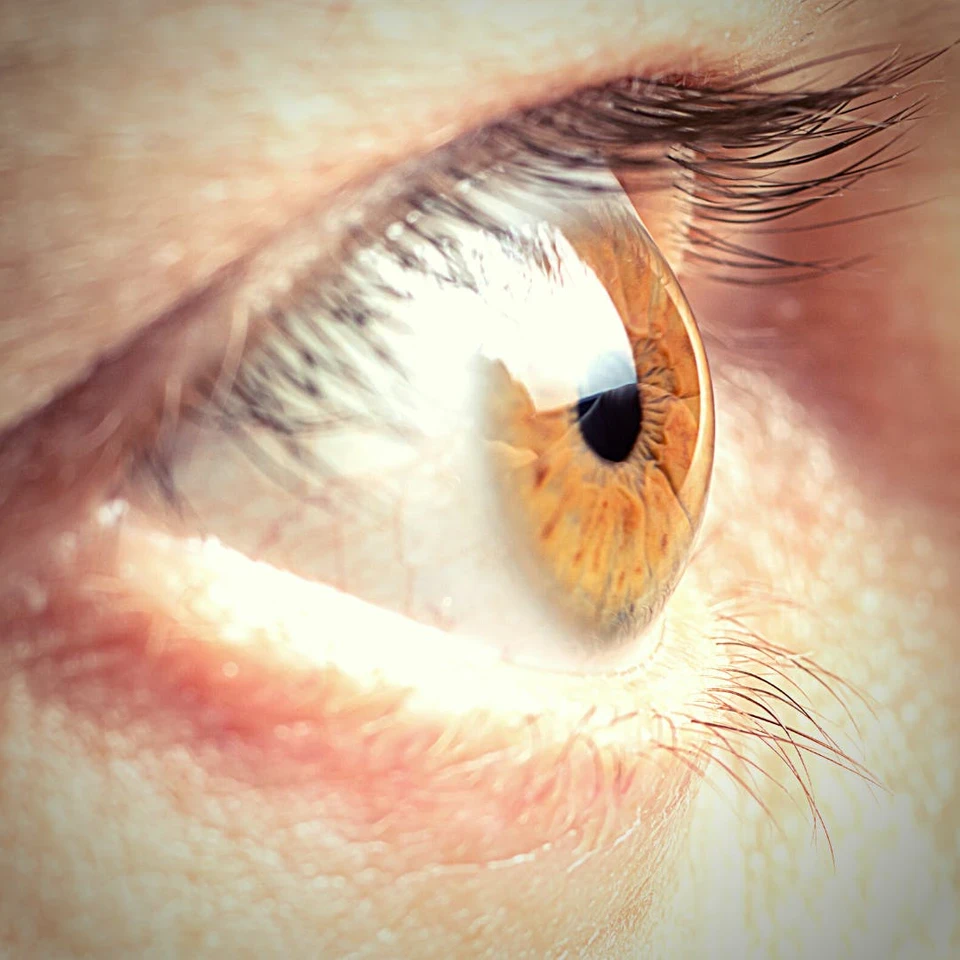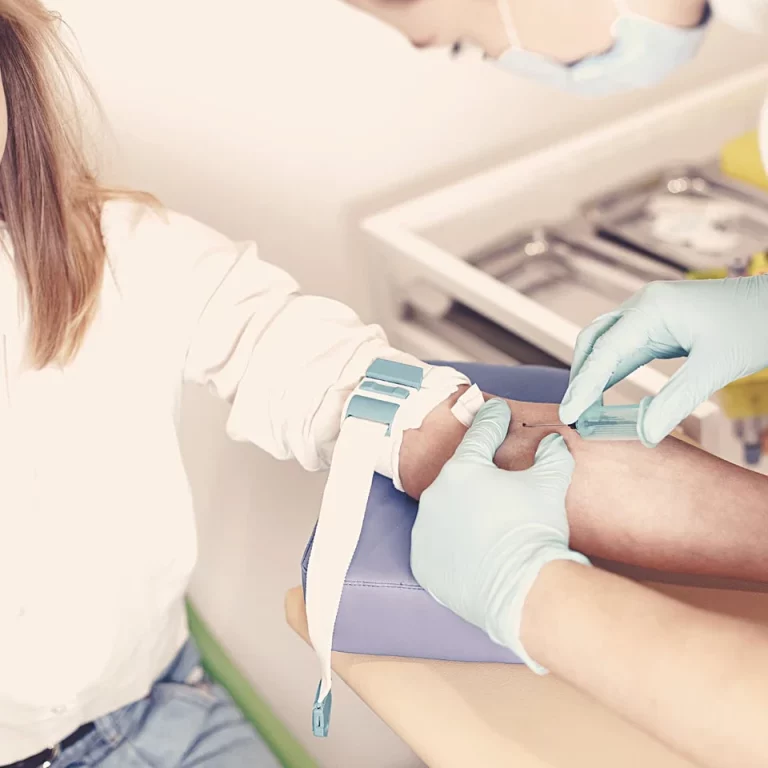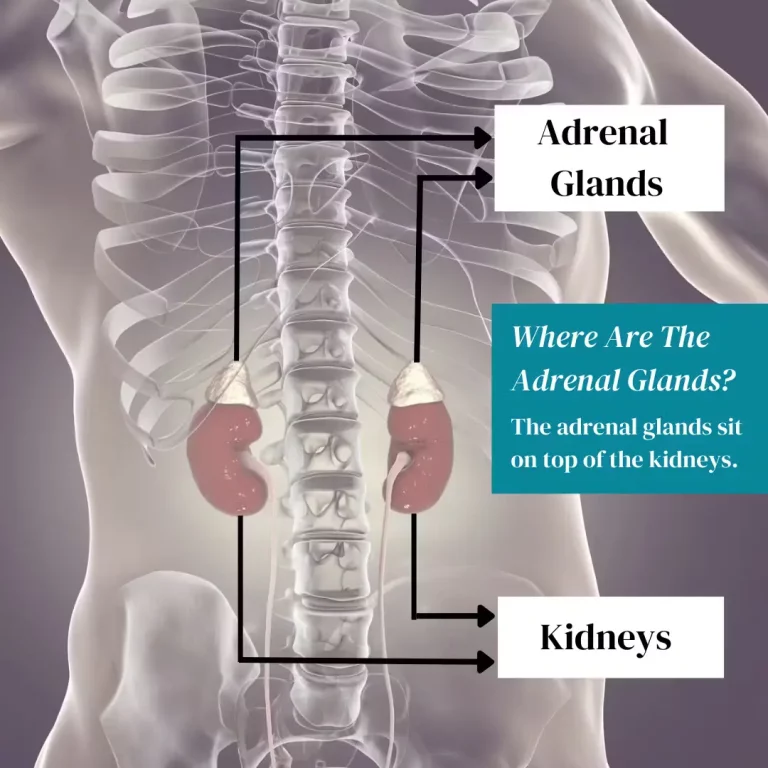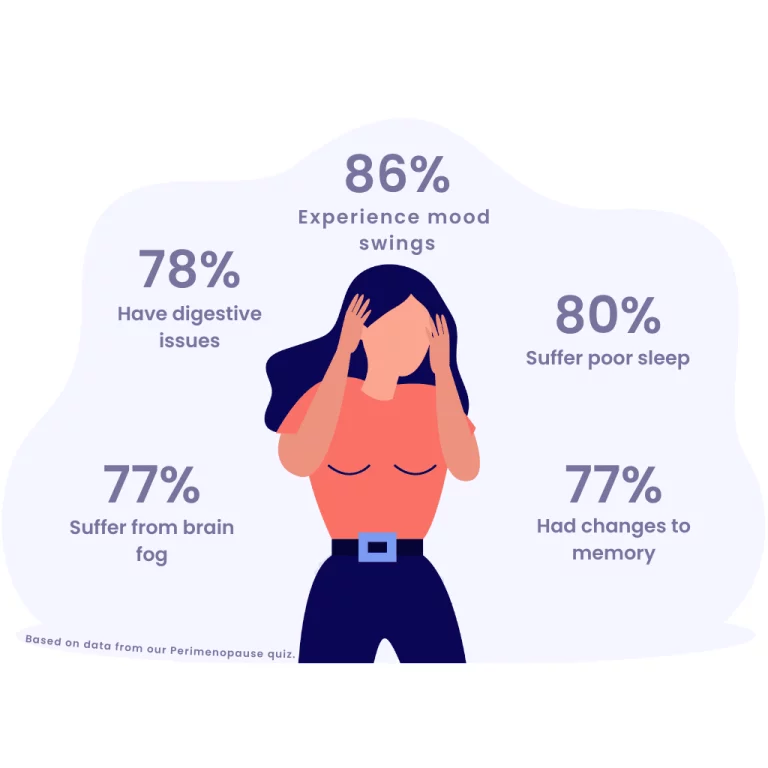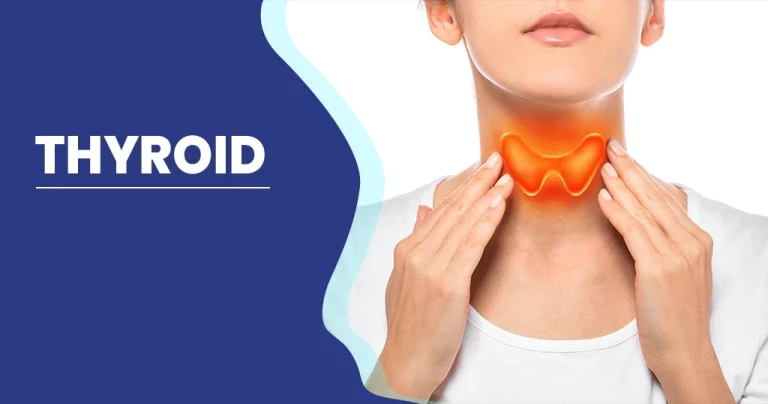Thyroid Eye Bulging And More Thyroid Eye Disease Symptoms
Thyroid eye disease is a condition that occurs in nearly half of patients who have underlying autoimmune hyperthyroidism. Because hyperthyroidism occurs more commonly in women, thyroid eye disease is also seen more often in women. While thyroid eye disease symptoms are often seen with Graves’ disease, it can also be associated with hypothyroidism and even in some patients with normal thyroid function.
Often, eye symptoms will present around the same time as systemic thyroid symptoms, but they sometimes can show up before the start of thyroid dysfunction, or even months after. Thyroid eye disease symptoms can happen in one eye, both eyes equally, or may affect one side more than the other. Early diagnosis is important so that patients can be referred to a specialist (such as an oculoplastics doctor) for close monitoring, and treatment can be started if needed.
Thyroid In Eye: Signs And Symptoms Of Thyroid Eye Disease
- Eye bulging – also known as proptosis or exophthalmos, is caused by the expansion of tissues behind the eyes including extraocular muscles (muscles that move the eye) and orbital fat expansion
- Eyelid retraction – this can be seen as an elevation of the upper eyelids or pulling down of the lower eyelids that creates the appearance of a stare
- Inability to close the eyes – this is often due to a combination of eye bulging and eyelid retraction, and can lead to dryness and other exposure symptoms
- Dry eyes – dryness can also often lead to frequent tearing of the eyes
- Redness and swelling of the eye – this may be due to inflammation of the eye tissues, as a result of dryness of the eyes, or a combination of both
- Swelling and redness of the eyelids
- Pain and pressure around or behind the eyes
- Double vision – this can occur when inflammation affects the muscles behind the eyes, known as extraocular muscles, causing them to enlarge. When this happens, movement of the eye can be restricted causing double vision
- Reduced vision and vision loss – thankfully, vision loss affects less than 5% of patient with thyroid eye disease. This primarily occurs due to enlargement of the extraocular muscles, which can compress and compromise the optic nerve. If a patient with thyroid eye disease experiences vision loss or changes in vision, they should seek treatment by an ophthalmologist or oculoplastic surgeon immediately. The most common cause of vision related changes with thyroid eye disease is due to dryness of the surface of the eyes, which can lead to variable blurring of vision which often improves with blinking or use of rewetting drops or lubricants.
- Changes in the appearance of the face – thyroid eye disease can cause expansion of fat pockets within the face, which can then change the shape and appearance of the face
Thyroid Eye Disease Phases
Related: Thyroid Symptoms In Female – Underactive Vs Overactive
Thyroid eye disease has two general phases – an active or progressive phase and a stable or chronic phase. In the active / progressive phase there is ongoing inflammation and change. Patients may notice that their symptoms fluctuate, and they may notice changes in the appearance of their eyes. The active phase lasts on average from 6 months to 2 years.
Once patients enter the chronic / stable phase of the disease, their symptoms are usually stable and don’t change quickly. For example, if a patient has eye bulging or eyelid retraction, this will likely not change once the stable phase has been reached, though it’s important to note that these symptoms do not typically reverse in the stable phase. Doctors will typically wait, if possible, to do surgery during the stable phase. This is because the predictability of surgical outcomes can be better predicted during the stable phase. Rarely, patients may experience re-activation of their thyroid eye disease months or years after entering the stable phase.
If you think you have thyroid eye disease, make an appointment to see an ophthalmologist or an oculoplastic surgeon as soon as possible.
We discuss products we think are useful to people. If you buy something through our links, we may earn a commission. Remember to check with your personal physician to see if a product recommended is right for you.


